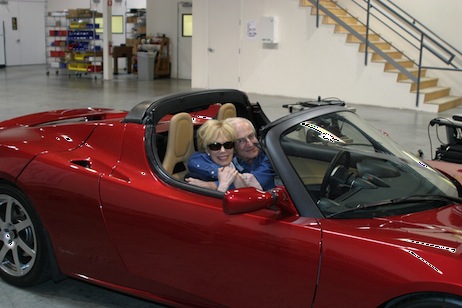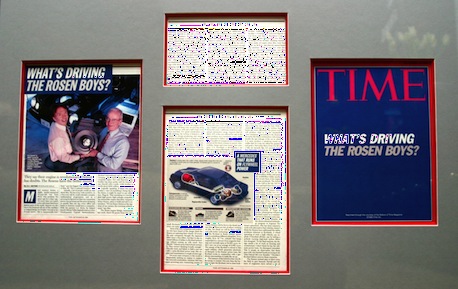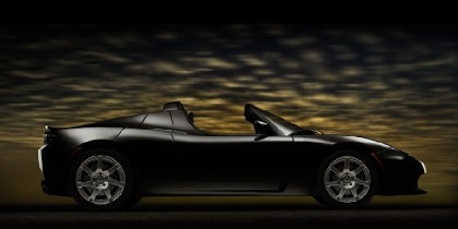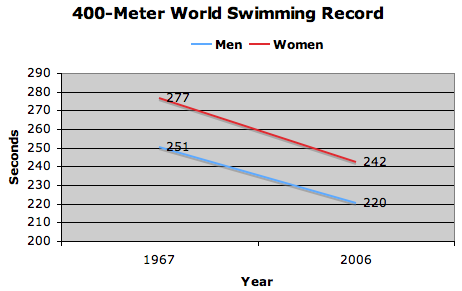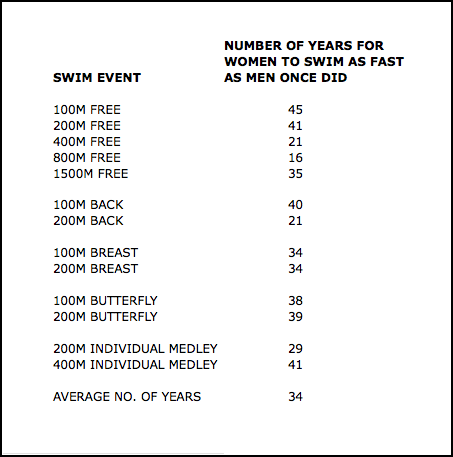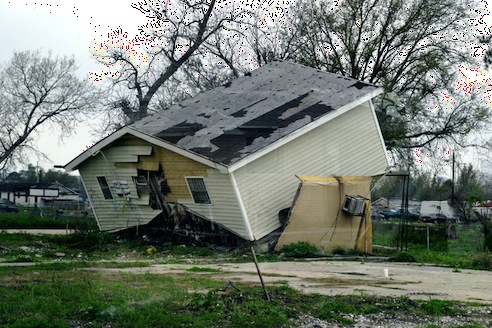
New Orleans scene, post-Katrina
When one is born and raised in New Orleans, the fear of hurricanes is never far away. And though I left the city after high school, the fear was certainly rekindled after Katrina and after family members and friends lost so much. Now, some 28 months after this cataclysmic event, what do we really know about hurricanes? Can they be predicted? Are they getting worse?
I’m not going into the various theories that are actively being studied by climatologists and meteorologists around the world, particularly the impact of climate change and warming ocean water temperatures on hurricane frequency and severity. I’m not going into them because (a) it’s not my field, and (b) the theories are still just that – they’re yet to be proved. Few subjects of scientific inquiry have as many variables and as intractable solutions.
Rather, I’d like to look at recent predictions and at the long-term frequency of major hurricanes. Both the forecasts and the hurricane activity data are available from the National Hurricane Center.
The hurricane season is June through November. In May of each year, the National Oceanic and Atmospheric Administration makes its forecast for the upcoming season, and in December issues a report on the actual results.
In 2005, the devastating year of Katrina and Rita, NOAA’s May report predicted “… a 70% chance of above-normal hurricane season... with 3-5 major hurricanes.” A major hurricane is defined as category 3, 4 or 5, with winds above 111mph, 131mph, and 155mph, respectively.
Good call. There were seven major hurricanes in the Atlantic basin, with four land-falling U.S. hurricanes. One of the worst years ever.
Then, in 2006, the May forecast called for another horrific season, with “… an 80% chance of an above-normal hurricane season… and 4-6 major hurricanes.” As it turned out, the prediction was dead wrong. From the December report of NOAA: “The 2006 season saw no land-falling hurricanes in the continental United States.”
In 2007: “75% chance of above normal…3-5 major hurricanes.” The results? There were two majors, but neither made U.S. landfall.
Perhaps NOAA’s forecasting record is best summarized in this quote from a 1997 report of the Department of Atmospheric Sciences of Colorado State University, one of the nation’s leading hurricane forecast centers”
“Meteorologists are known to be absolutely brilliant at after-the-fact explanation of weather phenomena…but please don’t press us too hard on future events.” (Which evokes the famous saying attributable to physicist Niels Bohr, “Predicting is difficult, especially about the future.”)
Well, we don’t seem to get much help looking at the last three years: a terrible season, followed by two of the most benign in history. So can we gain any insights by studying long-term hurricane activity? Are there any long-term trends that we can extrapolate into the future?
The following chart shows the frequency of major hurricanes striking the U.S. mainland since 1851, plotted by decade.
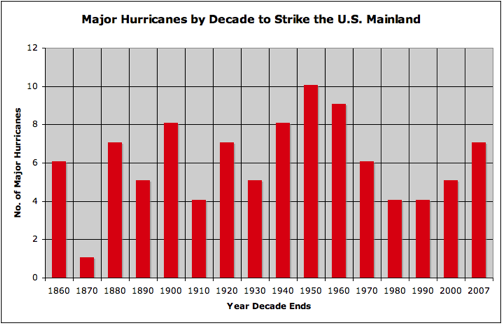
The inference from the chart, unfortunately, is that there is no trend to infer. In fact, smoothing the data would yield a curve roughly approximating a sinusoid. That suggests that there is no long-term trend line.
The last decade’s major-hurricane activity has been above normal, but it is still below the peaks of the 1940s through 1960s. And following that thirty-year period of very high activity, major hurricanes declined significantly – to hundred-year lows.
Looking ahead to the 2008 hurricane season, beginning in five months, we’ll get a new NOAA forecast in May that may or may not be prescient, and we’ll have 157 of historical data that may or may not be useful.
So come June 1, once more we’re on our own. Let’s plan for the worst, and hope for the best. As to whom to turn to for clues to the future, I’m reminded of screenwriter William Goldman’s succinct summing up of Hollywood: “Nobody knows anything.”
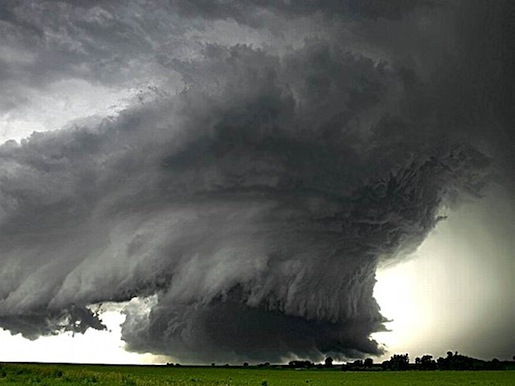
Mother Nature at Work
